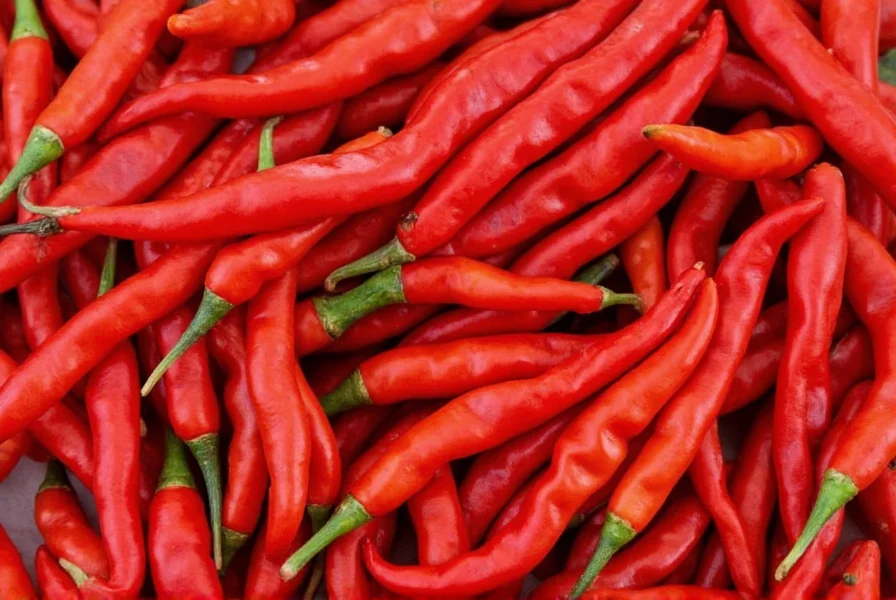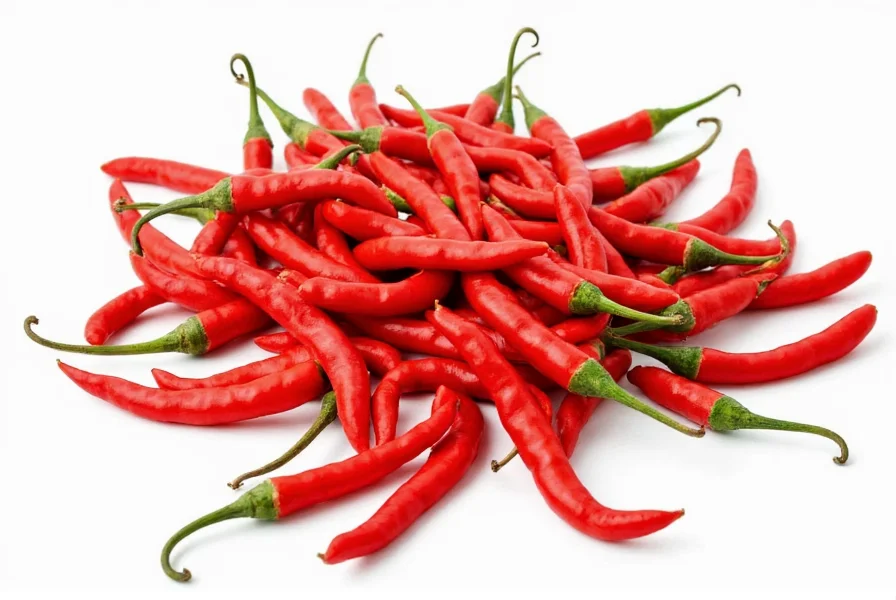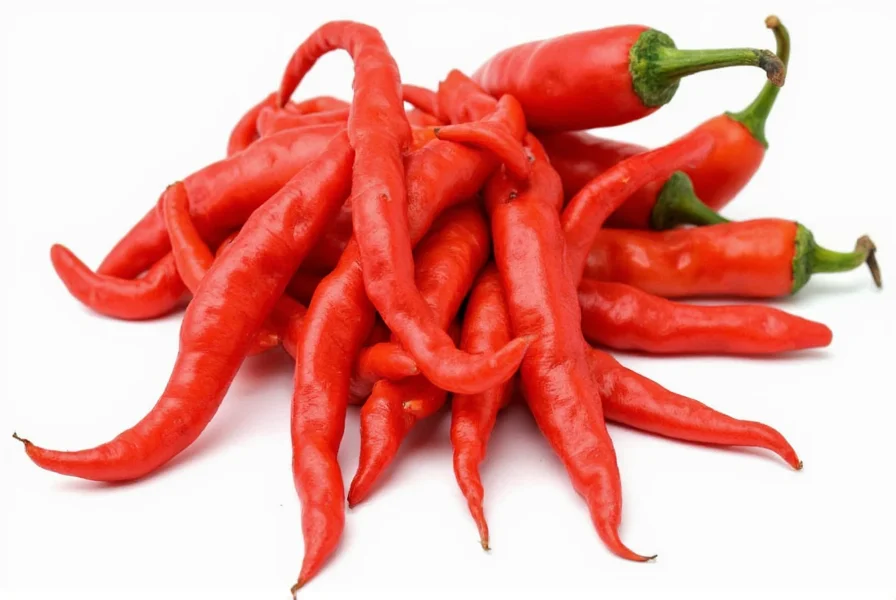Understanding Cayenne Pepper: Nature's Fiery Superfood
Cayenne pepper stands among the most potent culinary spices with significant therapeutic potential. Unlike common black pepper, cayenne belongs to the Capsicum family, sharing lineage with jalapeños and bell peppers but delivering substantially more heat. The active component capsaicin creates that distinctive burning sensation while triggering multiple physiological responses beneficial to human health.
Scientifically Supported Health Benefits
Research confirms several evidence-based benefits of regular cayenne pepper consumption. The capsaicin content stimulates thermogenesis, potentially increasing metabolic rate by up to 5% for several hours after consumption. This makes cayenne pepper for weight loss a legitimate dietary consideration when combined with proper nutrition and exercise.
Cardiovascular research shows capsaicin may help regulate blood pressure and improve circulation. A 2021 study published in the Journal of Nutritional Biochemistry demonstrated that regular capsaicin intake correlated with reduced arterial stiffness in test subjects. Additionally, cayenne pepper for pain relief has gained recognition through topical analgesics that utilize capsaicin's ability to deplete substance P, a neurotransmitter responsible for pain signals.
| Pepper Type | Scoville Units | Primary Use | Flavor Profile |
|---|---|---|---|
| Cayenne Pepper | 30,000-50,000 | Culinary/Medicinal | Sharp, smoky, intensely hot |
| Jalapeño | 2,500-8,000 | Culinary | Grassy, bright, moderately hot |
| Black Pepper | 100-500 | Culinary | Pungent, woody, mildly sharp |
| Habanero | 100,000-350,000 | Culinary | Fruity, floral, extremely hot |
Culinary Applications and Proper Usage
Understanding how to use cayenne pepper in cooking separates novice cooks from seasoned professionals. Unlike milder peppers, cayenne requires careful measurement due to its intense heat. Professional chefs recommend starting with 1/8 teaspoon per dish and adjusting gradually. The spice works particularly well in:
- Marinades for meats and vegetables
- Spice rubs for grilled foods
- Enhancing tomato-based sauces
- Adding depth to chocolate desserts
- Boosting flavor in egg dishes
When substituting cayenne pepper vs chili powder, remember that chili powder typically contains additional spices like cumin and garlic powder, making it milder and more complex in flavor. Pure cayenne delivers straightforward heat without additional flavor components.

Safety Considerations and Potential Side Effects
While generally safe for consumption, cayenne pepper side effects can occur with excessive intake. Common reactions include gastrointestinal discomfort, heartburn, and temporary burning sensations. Individuals with ulcers, gastritis, or irritable bowel syndrome should exercise caution. The recommended daily cayenne pepper dosage for therapeutic benefits ranges from 30-120mg of capsaicin, equivalent to approximately 1/4 to 1 teaspoon of dried cayenne powder.
Topical applications require special attention—always perform a patch test before applying cayenne-based creams to larger skin areas. Never apply to broken skin or near sensitive areas like eyes. The difference between cayenne pepper and red pepper becomes crucial here, as some "red pepper" products contain fillers or lower-quality ingredients with inconsistent capsaicin levels.
Practical Integration into Daily Wellness
For those exploring cayenne pepper nutritional facts, a single tablespoon (6g) provides approximately:
- 17 calories
- 33% of daily vitamin A needs
- 20% of daily vitamin C requirements
- Significant manganese content
- Minimal carbohydrates and protein
Many wellness enthusiasts incorporate cayenne into morning routines through "cayenne lemonade"—a mixture of warm water, fresh lemon juice, a pinch of cayenne, and raw honey. While scientific evidence for detoxification claims remains limited, the combination does provide hydration, vitamin C, and potential metabolic stimulation.

Conclusion: Balancing Heat and Health
Cayenne pepper represents one of nature's most versatile botanicals, bridging the gap between culinary spice and therapeutic agent. When used appropriately, it enhances both flavor profiles and wellness routines. Understanding proper cayenne pepper dosage and recognizing individual tolerance levels ensures safe enjoyment of this remarkable spice. Whether seeking cayenne pepper for circulation improvement or simply wanting to elevate everyday cooking, this fiery pepper deserves a permanent place in well-stocked kitchens and thoughtful wellness practices.
Frequently Asked Questions
What's the difference between cayenne pepper and regular black pepper?
Cayenne pepper (Capsicum annuum) belongs to the chili family and delivers significant heat from capsaicin, measuring 30,000-50,000 Scoville units. Black pepper (Piper nigrum) comes from a different plant family, provides mild pungency without capsaicin, and measures only 100-500 Scoville units. Their flavor profiles, botanical origins, and physiological effects differ substantially.
Can cayenne pepper help with weight loss?
Research indicates cayenne pepper may support weight management through thermogenesis—the process where your body burns calories to produce heat. Capsaicin can temporarily increase metabolic rate by approximately 5% and may reduce appetite. However, it works best as part of a comprehensive approach including proper nutrition and exercise, not as a standalone solution.
How much cayenne pepper is safe to consume daily?
The generally recognized safe amount ranges from 1/4 to 1 teaspoon of dried cayenne powder daily, providing approximately 30-120mg of capsaicin. Start with smaller amounts (1/8 teaspoon) to assess tolerance, especially if you have gastrointestinal sensitivities. Consult a healthcare provider before using therapeutic doses if you have medical conditions or take medications.
Does cooking affect cayenne pepper's health benefits?
Capsaicin, the active compound in cayenne, remains stable during cooking and doesn't significantly degrade at normal cooking temperatures. The spice actually becomes more soluble in fats and oils when heated, potentially enhancing absorption. For maximum benefit, add cayenne toward the end of cooking to preserve volatile compounds while still allowing flavor integration.
Can cayenne pepper interact with medications?
Yes, cayenne may interact with blood thinners (like warfarin), blood pressure medications, and NSAIDs. The capsaicin content can enhance the effects of these medications, potentially causing complications. If you take any prescription medications, consult your healthcare provider before incorporating therapeutic amounts of cayenne into your routine.











 浙公网安备
33010002000092号
浙公网安备
33010002000092号 浙B2-20120091-4
浙B2-20120091-4